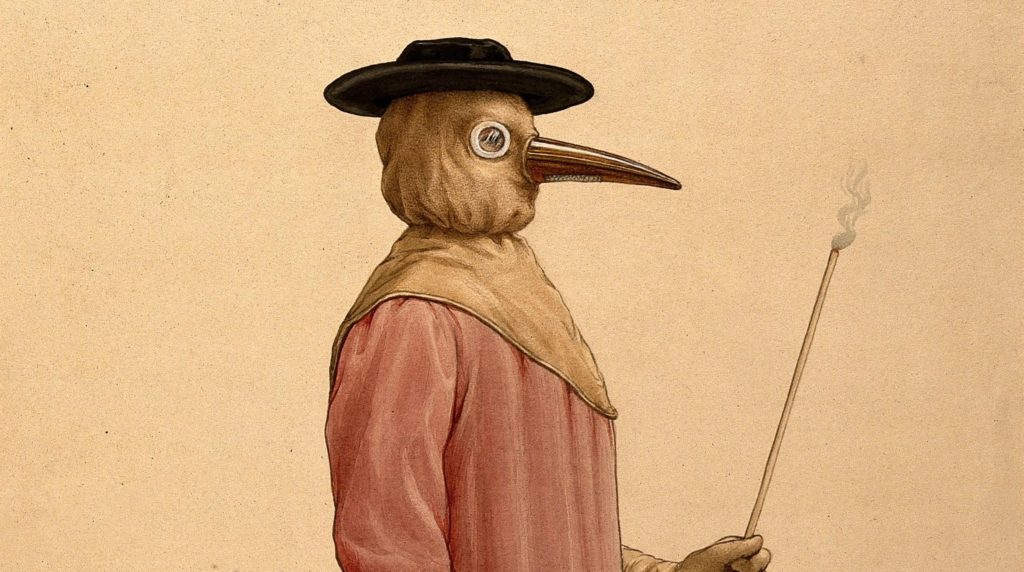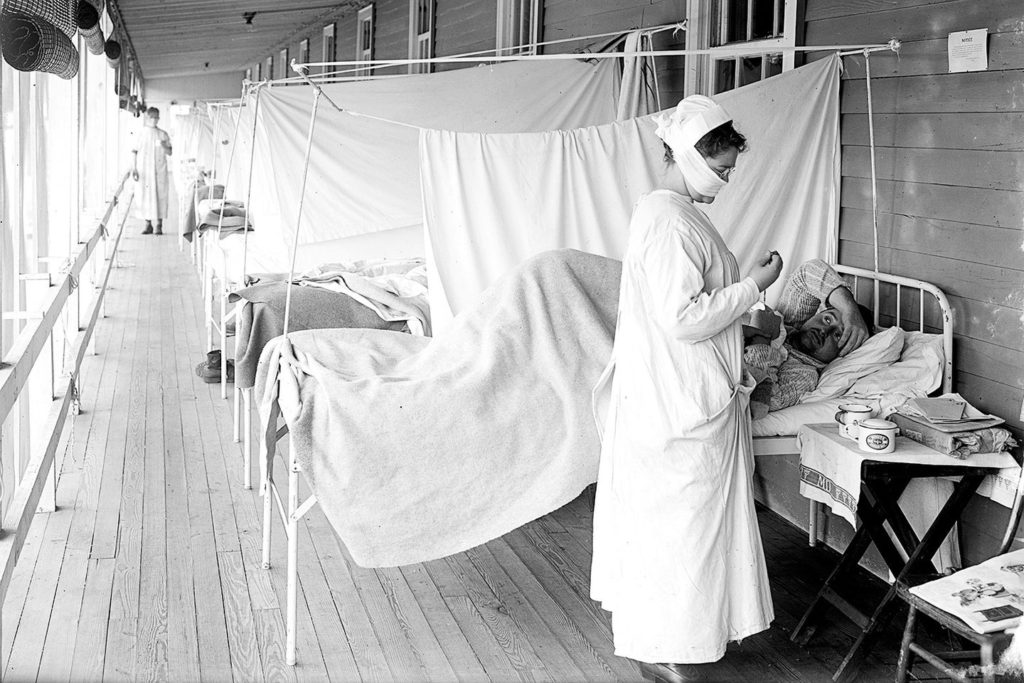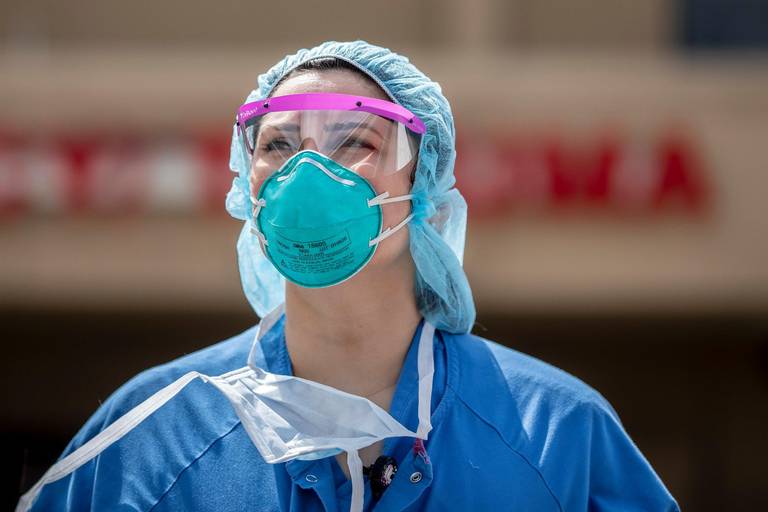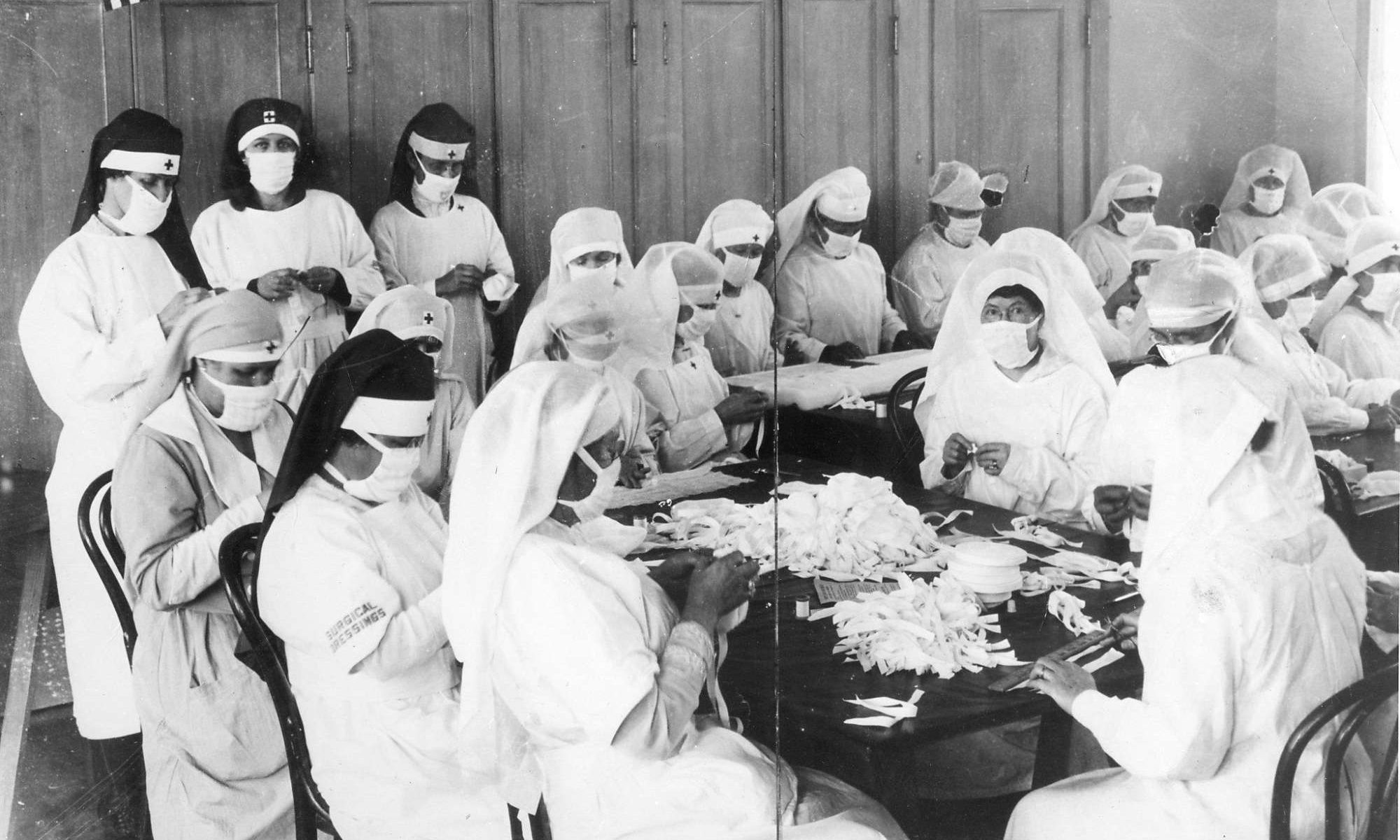The origins of the medical face mask can date back nearly 400 years, as the bubonic plague was making its rounds across Europe. Let’s take a closer look at how the evolution of face masks has helped through numerous pandemics.
As 2020 comes to an end, it’s easy to pinpoint the one thing everyone was wearing: a face mask. The virus COVID-19 has made face masks apart of our everyday attire, wearing them to go almost anywhere over the past year. Vanessa Friedman of the New York Times called the surgical face mask “a symbol of our times” in her March 2020 article.
Wearing a face mask won’t likely change much over the next year, as everyone patiently waits for the vaccine to be distributed.
The origins of the medical face mask can date back nearly 400 years, as the bubonic plague was making its rounds across Europe. This invention has saved millions of lives throughout hundreds of pandemics, including the one we’re currently experiencing. Let’s take a closer look at how the evolution of face masks has helped through numerous pandemics.
Protection From the ‘Black Death’
The face mask we know today is a 20th-century invention, but the originals can be traced back to the ‘Black Death.’ It’s estimated that between 75-200 million people in Europe, Asia and North Africa died of the plague. Despite its peak in Europe during the 1300s, the bubonic plague repeatedly haunted the continent until the 18th century. During the mid-1600s, millions of people in England, France, Italy and Spain died.

In the 17th century, plague doctors tried new techniques to protect themselves from the disease. They adopted a full leather mask with a pointed beak that were normally filled with perfumes, straw and herbs. The beak, developed by French medical doctor Charles de Lorme, was believed to combat the plague as it travelled through the air, as per the miasma theory of disease, which was widely accepted at the time.
Surgical Masks to Stop the Transmission of Diseases
It was the turn-of-the-20th-century that made face masks a staple in hospitals. In 1905, Alice Hamilton, a Chicago physician, published an article in the Journal of the American Medical Association that changed the game. She reported multiple experiments measuring streptococci bacteria ejected when Scarlet Fever patients were asked to cough. She also took measurements of the strep bacteria from healthy nurses and doctors when they talked or coughed. Her findings were astonishing, which lead her to recommend masks while performing surgery.
The first face masks were either made of gauze wrapped around the face or suspended on hooks that framed the face. Since Europe and Asia had seen the world’s worst pandemics, they were the first to adopt face masks in not only operating rooms but by/through the general population.
Modern-Day Medical Masks
As the 1910 epidemic in Asia grew, Cambridge-educated physician Wu Lien-Teh discovered that the virus could be transmitted through airborne contact. Within four months, the Manchurian plague’s death toll would surpass 60,000. In order to prevent the spread, he developed his own masks to be worn by medical personnel, as well as the general public. Wu required all doctors, nurses, and burial staff to wear face masks while assisting anyone with the plague. Without Wu’s persistence in wearing masks, the 1918 Spanish Flu could’ve been even deadlier.
During the 1918 Spanish Flu, medical staff continued to don face masks and many cities implemented mask mandates that required all citizens to wear them in public. Citizens were regularly fined $10 for not wearing the protective equipment. At one point, wearing masks was so important that a health officer shot someone because he had refused to wear a mask.
The reason for the importance of wearing face masks during the Spanish Flu was that they cut transmission of the virus by up to 50%. This discovery allowed for less strain on the healthcare system, fewer deaths, and a transition back to ‘normal’ faster.

Despite the several healthcare professionals advocating for the use of face masks, it wasn’t until the 1920s that they became a staple in operating rooms. The blue disposable masks we know today grew in popularity throughout the 1960s as new materials were being discovered. In 1972, the N95 surgical mask was invented, which has become a staple in fighting epidemics since the 1990s.
What We Know About Face Masks
Several studies have shown just how effective wearing a mask can be. Face masks are designed to protect the wearer from catching an infection, as well as protects others from anything the wearer may be carrying. When speaking, tiny particles enter the air, which can contain the virus. A mask will block the majority of the droplets, preventing the virus from spreading from person to person.
Although that seems like common sense to most, there are still a large group of people that believe masks are political. And history has seen this before as well.

Society can always learn from history. It’s hard not to compare COVID-19 to the Spanish Flu. Technology has advanced quite a bit since 1918, but the message remains the same: face masks are the easiest and most efficient way to prevent the transmission of a virus. In 2020, we should all know to wear a mask.

